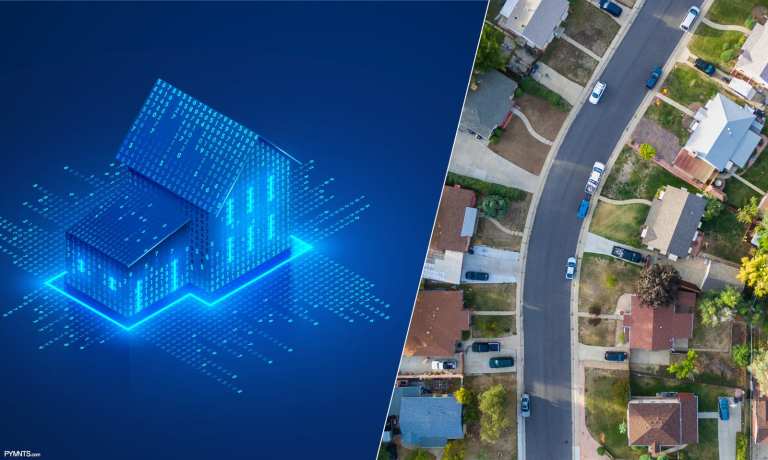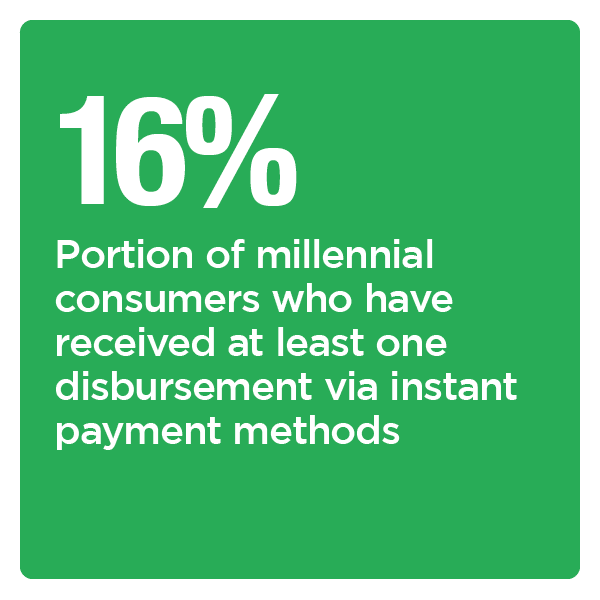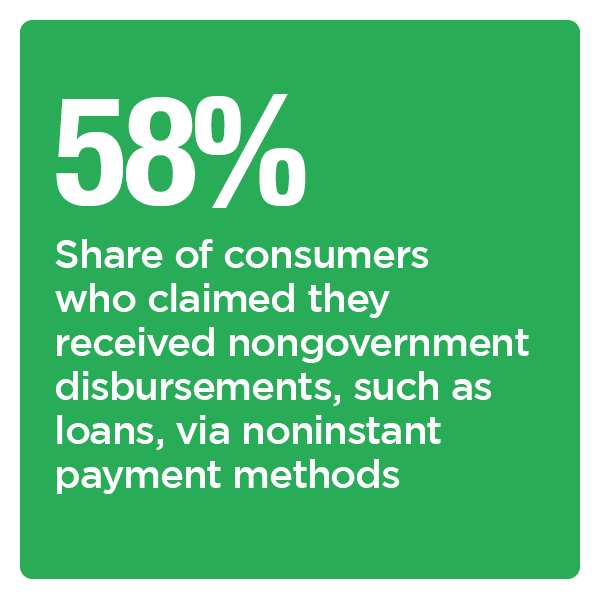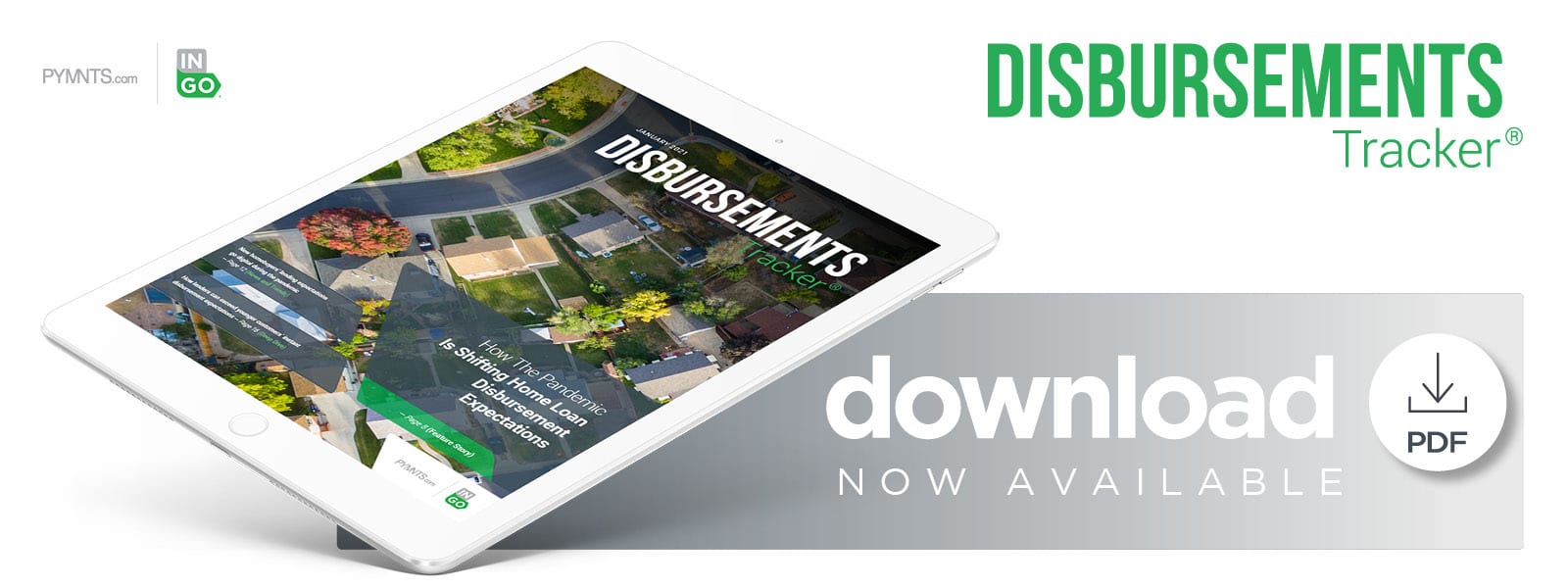PrimeLending Taps AI To Digitize Loans, Speed Up Disbursements

The pandemic is continuing to have a broad impact on the financial sphere at the start of the new year, with businesses as well as consumers adjusting their banking habits in response to shifting economic needs.
Research indicates that consumers are recovering some of their financial confidence, with one report predicting a 64 percent year-over-year increase in new credit card applications in 2021. Both auto and mortgage loans are also anticipated to rise to match pre-pandemic levels, the report noted.
Lenders must therefore prepare to interact with potential borrowers through new and varied channels. Both  consumers and businesses are exhibiting shifting expectations for how the lending process should work, and many are expressing interest in alternative forms of lending, such as peer-to-peer (P2P) loans. Another study predicted that the P2P lending market will reach nearly $559 billion by 2027 due to this expanded interest.
consumers and businesses are exhibiting shifting expectations for how the lending process should work, and many are expressing interest in alternative forms of lending, such as peer-to-peer (P2P) loans. Another study predicted that the P2P lending market will reach nearly $559 billion by 2027 due to this expanded interest.
In the January Disbursements Tracker®, PYMNTS examines how the pandemic is impacting the lending industry, especially when it comes to disbursement expectations. The Tracker also explores what tools and technologies may prove beneficial for lenders looking to meet those needs.
Around The Disbursements World
The home lending space in particular is weathering significant changes regarding how fast borrowers can expect to receive these loans. Thirty-seven percent of new homebuyers now anticipate that closing will take between three and 15 days, for example — but the ongoing pandemic has only stretched out the average time it takes to complete these sales. Figuring out how to bridge this gap may be key for lenders in the near future and may require implementing new technologies that can help cut down on the time and complexity of these loans.
Both emerging and traditional lenders appear to be making moves to do so, including legacy institution Fifth Third Bank. The financial institution (FI) has partnered with a third-party technology provider to digitize the mortgage and home lending services it offers for its borrowers, a move that comes as more consumers begin to tap virtual technology to make these larger-scale transactions. Digitizing this process will also allow the FI to simplify the lending experience overall, allowing these sales to be made with greater speed and efficiency.
 The majority of consumers are also expecting they will be able to receive relatively low-volume payments such as retail rebates more instantly, for that matter, following the increased adoption of digital and mobile payment methods over the past several years. One report found that 84 percent of consumers would express a higher opinion of retail brands if the brands offered virtual rebates, for example — as opposed to offering them these disbursements via cash. More customers are finding cash-based disbursements either too complicated or time-consuming, especially from the millennial and Generation Z demographics. It is therefore important for retailers to examine how they are offering such payments to maintain customers’ attention.
The majority of consumers are also expecting they will be able to receive relatively low-volume payments such as retail rebates more instantly, for that matter, following the increased adoption of digital and mobile payment methods over the past several years. One report found that 84 percent of consumers would express a higher opinion of retail brands if the brands offered virtual rebates, for example — as opposed to offering them these disbursements via cash. More customers are finding cash-based disbursements either too complicated or time-consuming, especially from the millennial and Generation Z demographics. It is therefore important for retailers to examine how they are offering such payments to maintain customers’ attention.
For more on these and other stories, visit the Tracker’s News & Trends.
How the Global Health Crisis Is Pushing Lenders to Digitize Home Loan Disbursements
Both consumers and businesses have adapted to a post-pandemic ecosystem where most interactions happen remotely and, most importantly, digitally with the health crisis accelerating users’ familiarity with online tools for routine transactions. Many consumers are now expecting that they will be able to conduct the whole of the lending process online, for example, even when that comes to traditionally complicated loans, such as mortgages.
Using technologies that can provide that speed is therefore key to lenders, according to Tim Elkins, chief production officer for home lender and refinancing company PrimeLending.
To learn more about how the ongoing pandemic has impacted mortgage and home loan disbursements, visit the Tracker’s Feature Story.
 Deep Dive: How Lenders Can Match Or Exceed Disbursement Expectations During The Pandemic And Beyond
Deep Dive: How Lenders Can Match Or Exceed Disbursement Expectations During The Pandemic And Beyond
Digital expectations for processes and payments are advancing across many industries, but there are still some hurdles lenders must jump to meet these shifting standards. Yet some customers are still clinging on to old assumptions in some areas of the financial space, with many borrowers still expecting loan disbursements to be cumbersome, for example. This is despite the fact that many lenders are beginning to offer more instant loan capabilities.
Lenders must therefore both seek to enhance digital disbursements and lending tools, as well as to promote them to interested borrowers, in order to gain consumers’ trust and attention.
To learn more about how borrowers’ disbursement needs have shifted since the start of the pandemic, visit the Tracker’s Deep Dive.
About The Tracker
The PYMNTS Disbursements Tracker®, powered by Ingo Money, is the go-to monthly resource for staying up to date on the trends and changes in the digital disbursements space.
